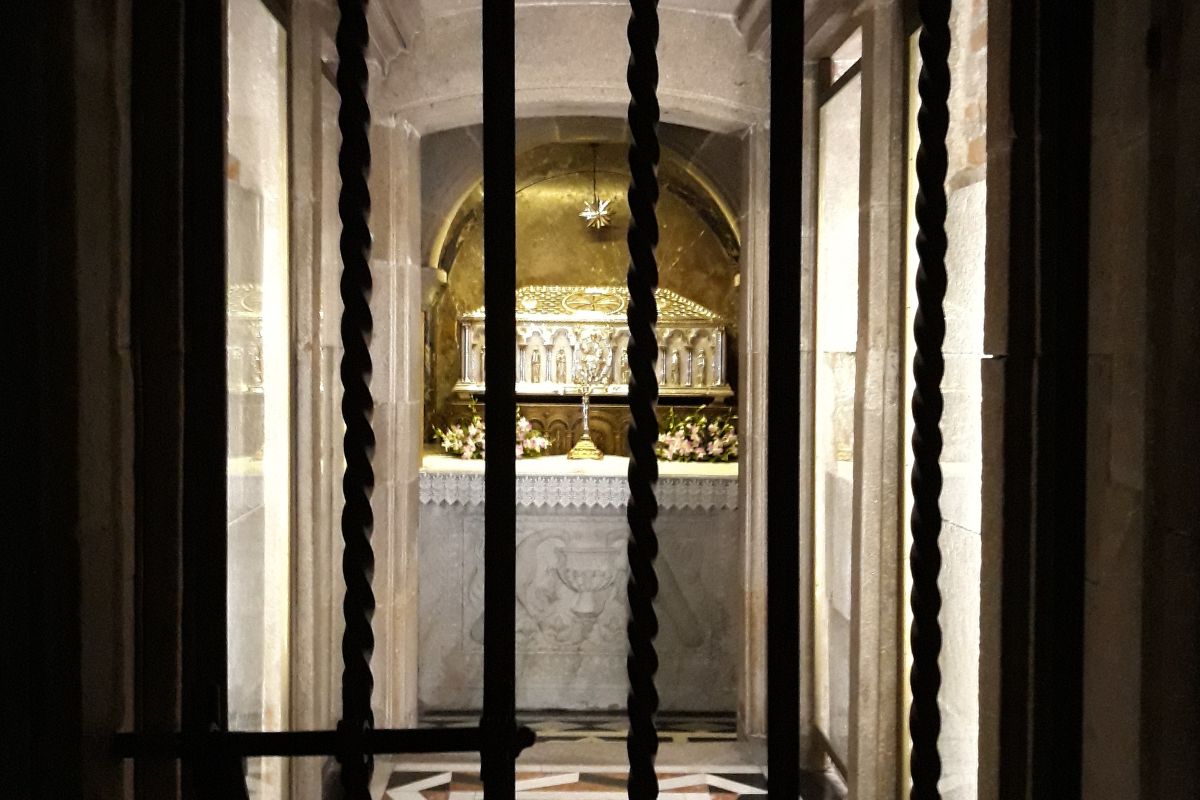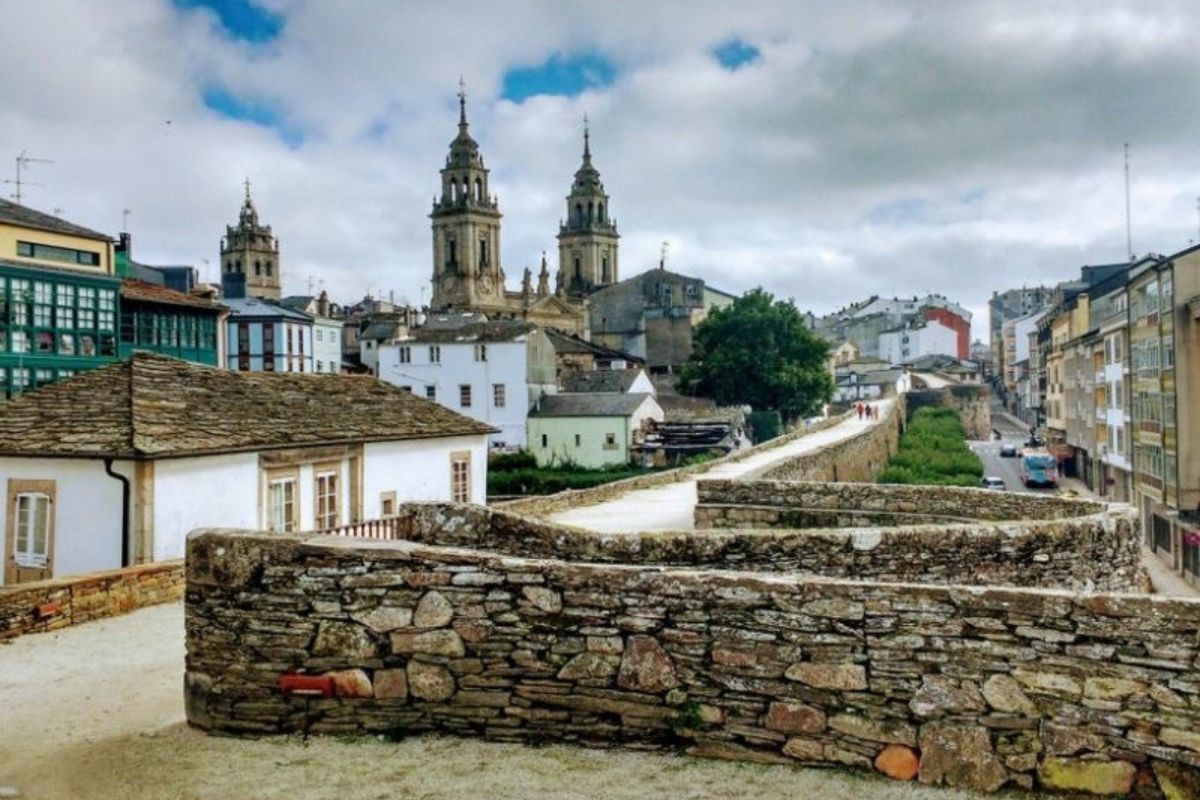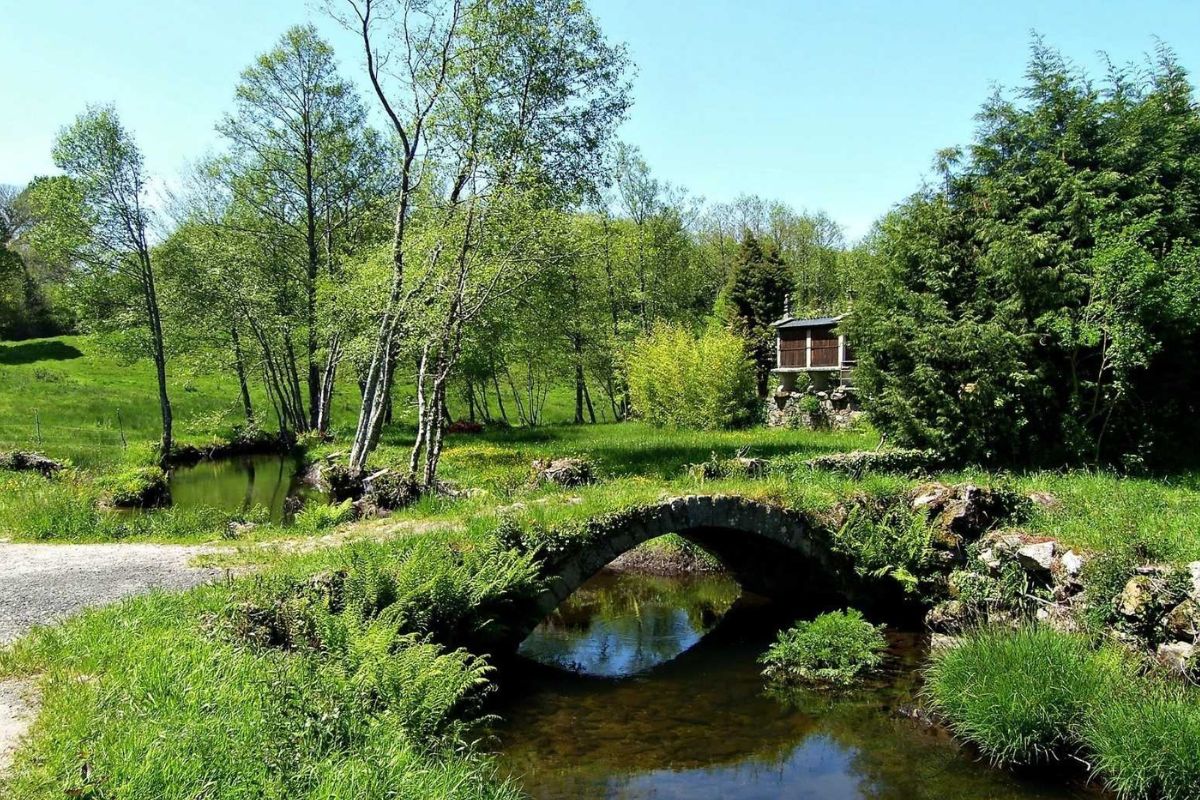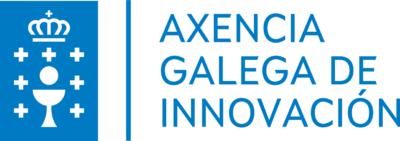Welcome to the Primitive Way! As the name suggests, it is the first and oldest route of the Camino de Santiago. The history of the Primitive Way is the very history of the Camino de Santiago, as its birth is the origin of the pilgrimage to Santiago. Join us in exploring the history of this pilgrimage route and discover why it is one of the most interesting paths to this day.
Origins of the Primitive Way
In the early decades of the 9th century, the Jacobean legend places the discovery of the Tomb of the Apostle Santiago where the Cathedral now stands. The hermit Paio saw lights in the sky over what is known as the Libredón forest and there discovered an ark with human remains. Informed of this, Bishop Teodomiro II of Iria Flavia went to Santiago to verify the find. Subsequently, the Asturian King Alfonso II “the Chaste” came from Oviedo, the seat of the Christian kingdom, and confirmed that these remains belonged to the Apostle Santiago.
King Alfonso II’s devotion to the Jacobean cause, having been raised in the Lugo monastery of Samos, was crucial in establishing the new cult. Alfonso II would order the construction of the first church in the emerging city of Compostela to house the relics and promote the worship at the altar of Santiago.
The Christian territory at the time was limited to the northwestern peninsula, namely, Asturias, Galicia, and part of León, known as the Kingdom of Asturias. Harassed by the Muslims, who occupied the rest of the peninsular territory, the possession of such important relics was a powerful stimulus for the reconquest.

Tomb of the Apostle Santiago, the Origin of the Primitive Way’s History.
Route and Development Over the Centuries
Of all the Jacobean routes, the Primitive Way is the first to emerge, with King Alfonso II himself being the first pilgrim in history. This route largely follows the layout of Roman roads and connects Oviedo with Santiago de Compostela. It was a popular itinerary for the Astur-Galician people during the 9th and part of the 10th century to visit the apostolic tomb. At a time when the possession of relics was a major attraction, pilgrims from other Spanish territories and Europe began to arrive.
Empowered by the relics and the worship of Santiago, the reconquest advanced towards the Castilian plateau. The new capital of the kingdom was established in León, and between the 11th and 12th centuries, the monarchs promoted a new route, the French Way. The Primitive Way began to experience a decrease in pilgrim traffic: the French route was less demanding and began to have more infrastructure. New cities, pilgrim hospitals, and bridges to cross rivers facilitated the journey to Santiago, in addition to the flat terrain without high mountain passes.
From the 16th century until the second half of the 20th century, this and the other routes experienced a decline in pilgrims. However, like all Camino routes, the Primitive Way is now traversed by thousands of pilgrims annually.
Cultural and Religious Elements Along the Way
It is noteworthy that the Primitive Way was declared a World Heritage Site by UNESCO in 2015, alongside the Northern Way. Important historical remnants are found along this route, such as hospitals and hostels from the stages of the Primitive Way, whose construction dates back to its origins.
Of course, visiting the aforementioned Cathedral of Oviedo and its Holy Chamber (Cámara Santa in spanish) is a must when doing the Primitive Way. The same is recommended just outside the Asturian capital, visiting the church of Santa María del Naranco. In Galicia, the route passes through ancient cities like Lugo, where highlights include its Cathedral of Santa María and its Roman wall, also a World Heritage Site. You can also visit the late-Roman church of Santa Eulalia de Bóveda (Mera), dedicated to the goddess Cybele and with a wonderful set of mural paintings.

Lugo, an Important City in the History of the Primitive Way.
Why Is It One of the Most Interesting Paths Today?
The Primitive Way is a less traveled route than the French Way, but it is no less interesting. It is a more challenging route, featuring one of the toughest climbs at Alto del Palo, but also more authentic and less crowded. Besides the cultural heritage, the protagonist of this route is the majestic nature, a mix of high mountains in Asturias and peaceful meadows in Galicia. However, this route connects with the French Way in Melide, where you can enjoy the lively pilgrim atmosphere that characterizes the French route.
Ready to Discover the Primitive Way?
The Primitive Way is a unique experience that allows you to enjoy the nature, culture, and history of Spain. If you are thinking of doing the Primitive Way, do not hesitate to contact us without any obligation. We will help you plan your trip and make your dream of experiencing a challenging route and the origin of the Camino de Santiago come true.






Leave A Comment